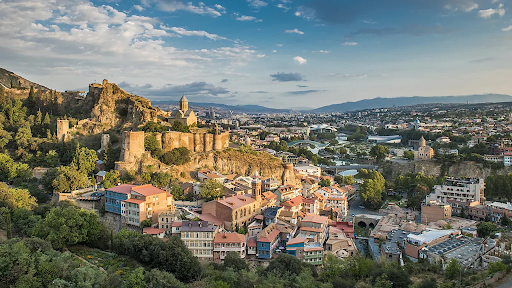
15 Jul How and When to Welcome Travelers
Lessons from Four Growing Destinations
Overtourism protests have shown the world the high cost of too many visitors in the wrong places at the wrong times. But there’s another side to the story: destinations actively seeking tourists to boost their economies, preserve cultures, and create sustainable livelihoods. The key is how and when to welcome visitors in ways that benefit both communities and travelers.
1. Spread Visitation Across Seasons
Greenland is investing in dark sky tourism for winter, marketing aurora-viewing stays in glass-roofed cabins or igloos even when temperatures drop to -50°C. This extends economic benefits beyond summer’s adventure tourism season and helps keep local communities working year-round.
Tip: DMOs can develop attractions and experiences for the low season to avoid overwhelming peak periods and to sustain year-round employment for locals. Identify unique experiences only possible during your off-season, then promote them as once-in-a-lifetime adventures rather than “second-best” alternatives.
2. Direct Visitors Beyond Iconic Hotspots
While Marrakesh remains Morocco’s top draw, DMOs are encouraging visitors to branch out: day trips to Taroudant (“little Marrakesh”), coastal surf hubs near Taghazout, or Fez’s historic medina, the world’s largest and far less crowded than Marrakesh.
Tip: DMOs can position major cities as gateways to lesser-known destinations to relieve pressure on crowded urban centers and distribute economic benefits. Highlight hidden gems near your primary attractions. Create itineraries that blend marquee sights with authentic local experiences in smaller towns or natural areas.
3. Develop Tourism as a Rural and Nature Economy
Serbia shifted its strategy from focusing solely on cities like Belgrade to promoting mountain tourism, spa resorts, and birdwatching in pristine natural areas. Tourism grew by 20% in 2023, with benefits reaching small businesses in rural regions.
Tip: DMOs can invest in marketing rural and nature-based tourism to support sustainable growth, create jobs, and preserve cultural landscapes. Map underutilized natural assets and work with local communities to develop experiences like hiking, ecotourism, or wellness retreats. Sustainability and cultural authenticity should be central.
4. Pair Infrastructure Growth with Accessibility and Authentic Experiences
Georgia is modernizing its tourism infrastructure such as improving signage, transport, and cruise facilities to welcome more visitors while keeping its unique character intact. At the same time, it’s cultivating knowledgeable local guides and celebrating diverse experiences, from wine regions to cave cities.
Tip: As infrastructure expands, DMOs can ensure it’s designed for inclusivity and retains cultural authenticity. Growth should include accessibility improvements and visitor-friendly information without sacrificing your destination’s sense of place. Train local guides to offer personalized, culturally-rich experiences.
Timing Matters
Beyond where travelers go, when they go makes all the difference. All four countries above show that welcoming tourists during traditionally low seasons or encouraging them to explore less-frequented areas reduces strain on infrastructure, preserves local lifestyles, and provides steadier income streams for communities.
Tourism, done right, can be transformative. Destinations eager to welcome travelers should follow these examples to ensure growth is sustainable, meaningful, and beneficial for everyone involved.

